Disembodying Women: Perspectives on Pregnancy and the UnbornBarbara Duden In earlier times, a woman knew she was pregnant when she experienced "quickening"—she felt movement within her. Today a woman relies on what she sees in a test result or a digital sonogram image to confirm her pregnancy. A private experience once mediated by women themselves has become a public experience interpreted and controlled by medical professionals. In Disembodying Women Barbara Duden takes a closer look at this contemporary transformation of women's experience of pregnancy. She suggests that advances in technology and parallel changes in public discourse have refrained pregnancy as a managed process, the mother as an ecosystem, and the fetus as an endangered species.
Drawing on extensive historical research, Duden traces the graphic techniques-from anatomists' drawings to woodcuts to X rays and ultrasound-used to "flay" the female body and turn it inside out. Emphasizing the iconic power of the visual within twentieth-century culture, Duden follows the process by which the pregnant woman's flesh has been peeled away to uncover scientific data. Lennart Nilsson's now famous photographs of the embryo published in Life magazine in the mid-1960s stand in stark contrast to representations of the invisible unborn in medieval iconography or sixteenth-century painting. Illumination has given way to illustration, ideogram to facsimile, the contemplative intuition of the body to a scientific analysis of its component parts.
New ways of seeing the body produce new ways of experiencing the body. Because technology allows us to penetrate that once secret enclosure of the womb, the image of the fetus, exposed to public gaze, has eclipsed that of woman in the public mind. Society, anxious about the health of the global environment, has focused on protecting "life" in the maternal ecosystem, in effect, pitting fetus against mother.
Duden's reading of the body lends a unique historical and philosophical perspective to contemporary debate over fetal rights, reproductive technologies, abortion, and the right to privacy. This provocative work should reinvigorate that debate by calling into question contemporary certainties and the policies and programs they serve to justify. Medical Miracles: Doctors, Saints, and Healing in the Modern WorldJacalyn Duffin Modern culture tends to separate medicine and miracles, but their histories are closely intertwined. The Roman Catholic Church recognizes saints through canonization based on evidence that they worked miracles, as signs of their proximity to God. Physicianhistorian Jacalyn Duffin has examined Vatican sources on 1400 miracles from six continents and spanning four centuries. Overwhelmingly the miracles cited in canonizations between 1588 and 1999 are healings, and the majority entail medical care and physician testimony.
These remarkable records contain intimate stories of illness, prayer, and treatment, as told by people who rarely leave traces: peasants and illiterates, men and women, old and young. A woman's breast tumor melts away; a man's wounds knit; a lame girl suddenly walks; a dead baby revives. Suspicious of wishful thinking or naïve enthusiasm, skeptical clergy shaped the inquiries to identify recoveries that remain unexplained by the best doctors of the era. The tales of healing are supplemented with substantial testimony from these physicians.
Some elements of the miracles change through time. Duffin shows that doctors increase in number; new technologies are embraced quickly; diagnoses shift with altered capabilities. But other aspects of the miracles are stable. The narratives follow a dramatic structure, shaped by the formal questions asked of each witness and by perennial reactions to illness and healing. In this history, medicine and religion emerge as parallel endeavors aimed at deriving meaningful signs from particular instances of human distress — signs to explain, alleviate, and console in confrontation with suffering and mortality.
A lively, sweeping analysis of a fascinating set of records, this book also poses an exciting methodological challenge to historians: miracle stories are a vital source not only on the thoughts and feelings of ordinary people, but also on medical science and its practitioners. The Art of TaxidermyJane Eastoe A sumptuous photographic-led exploration of the fine art of taxidermy's history, uses, and modern applications in fine art and cutting edge media
Taxidermy courses are enjoying a renewed surge of popularity and this book is poised to offer the new wave of enthusiasts a beautiful volume on the subject. This contemporary look at a historical and controversial subject offers well-researched text covering aspects of the art form's history, including hunting trophies, museums displays, use in media and film, interior decoration, and the work of contemporary artists reinventing an age-old technique. Complemented by stunning photography, this fascinating book is an ideal gift for those with a passing interest in taxidermy and art enthusiasts alike. | Glitter and Doom: German Portraits from the 1920sSabine Rewald Ian Buruma Matthias Eberle In the 1920s Germany was in the grip of social and political turmoil: its citizens were disillusioned by defeat in World War I, the failure of revolution, the disintegration of their social system, and inflation of rampant proportions. Curiously, as this important book shows, these years of upheaval were also a time of creative ferment and innovative accomplishment in literature, theater, film, and art.
Glitter and Doomis the first publication to focus exclusively on portraits dating from the short-lived Weimar Republic. It features forty paintings and sixty drawings by key artists, including Otto Dix, Max Beckmann, and George Grosz. Their works epitomize Neue Sachlichkeit (New Objectivity), in particular the branch of that new form of realism called Verism, which took as its subject contemporary phenomena such as war, social problems, and moral decay. Subjects of their incisive portraits are the artists’ own contemporaries: actors, poets, prostitutes, and profiteers, as well as doctors, lawyers, businessmen, and other respectable citizens. The accompanying texts reveal how these portraits hold up a mirror to the glittering, vital, doomed society that was obliterated when Hitler came to power. The Infinity of Lists: An Illustrated EssayUmberto Eco Best-selling author and philosopher Umberto Eco is currently resident at the Louvre, and his chosen theme of study is "the vertigo of lists." Reflecting on this enormous trove of human achievements, in his lyrical intellectual style he has embarked on an investigation of the phenomenon of cataloging and collecting. This book, featuring lavish reproductions of artworks from the Louvre and other world-famous collections, is a philosophical and artistic sequel to Eco’s recent acclaimed books, History of Beauty and On Ugliness, books in which he delved into the psychology, philosophy, history, and art of human forms. Eco is a modern-day Diderot, and here he examines the Western mind’s predilection for list-making and the encyclopedic. His central thesis is that in Western culture a passion for accumulation is recurring: lists of saints, catalogues of plants, collections of art. This impulse has recurred through the ages from music to literature to art. Eco refers to this obsession itself as a "giddiness of lists" but shows how in the right hands it can be a "poetics of catalogues." From medieval reliquaries to Andy Warhol’s compulsive collecting, Umberto Eco reflects in his inimitably inspiring way on how such catalogues mirror the spirit of their times. |

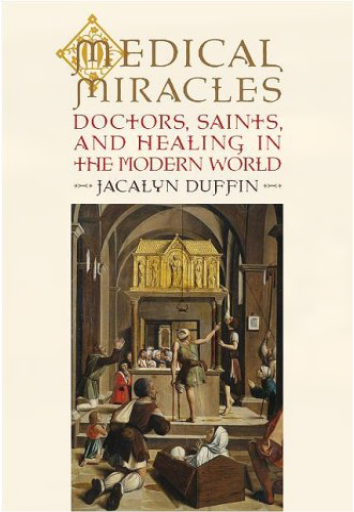

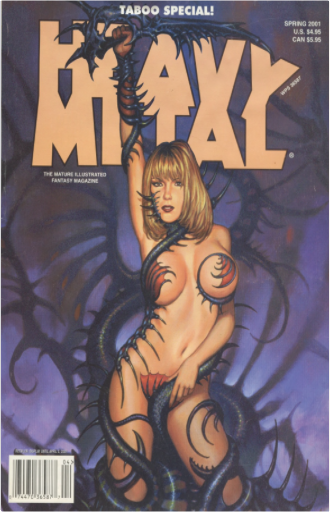
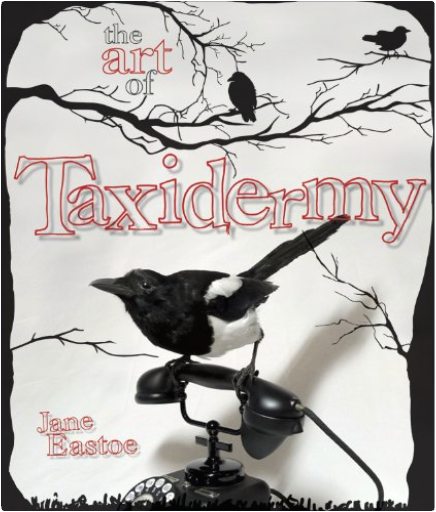
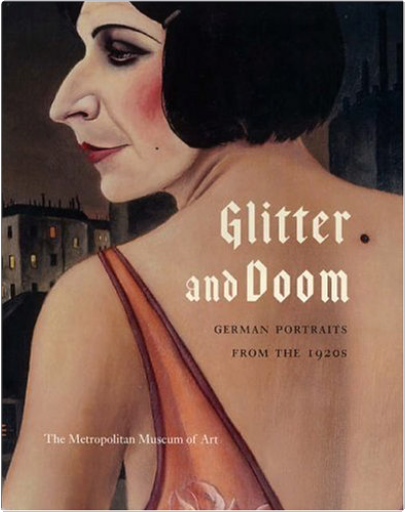
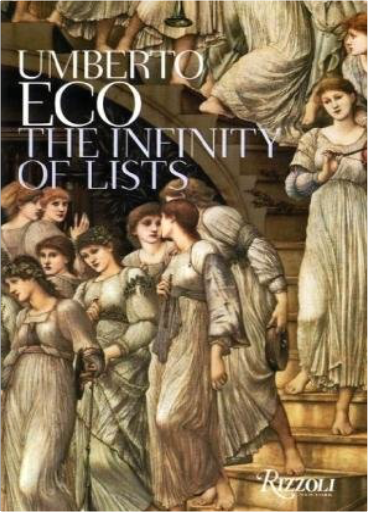

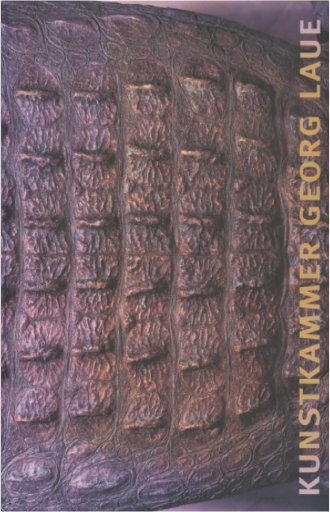


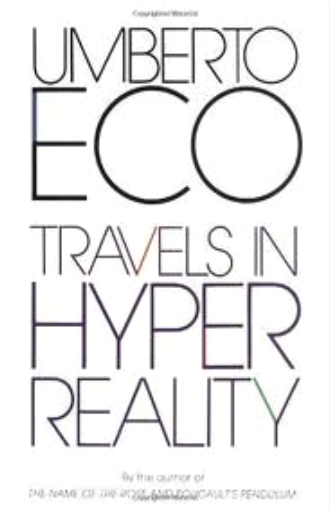
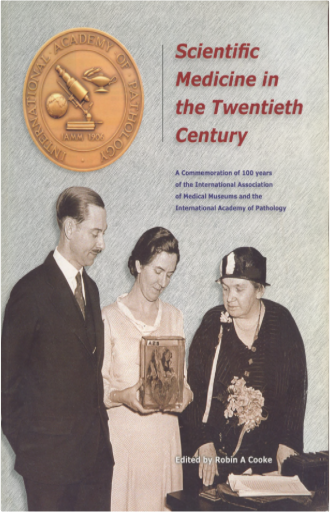

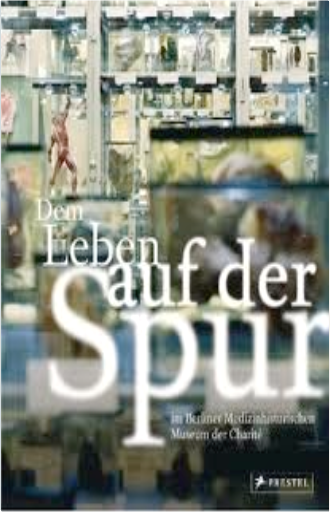
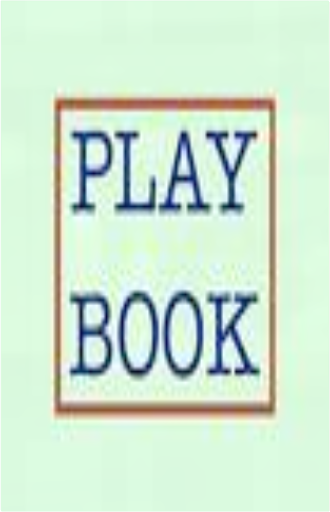
 Made with Delicious Library
Made with Delicious Library